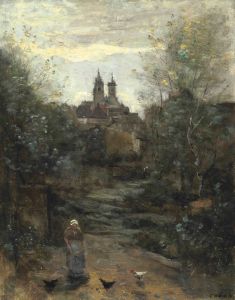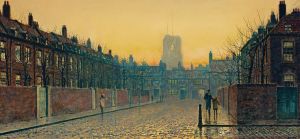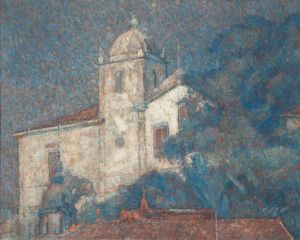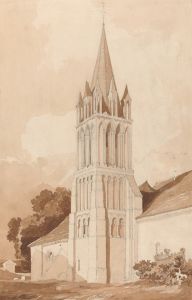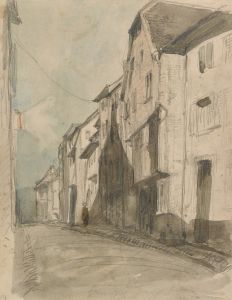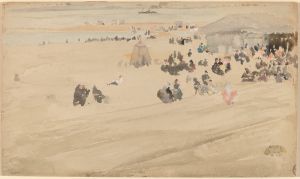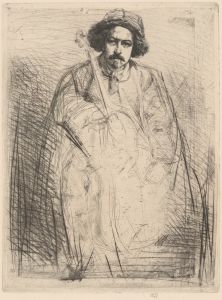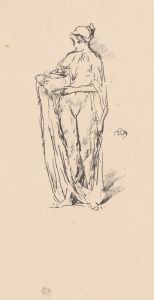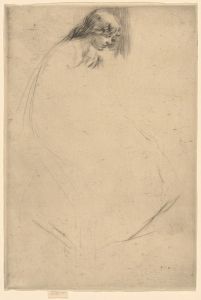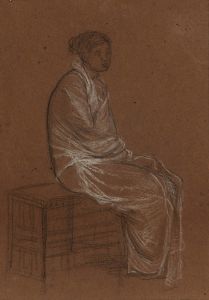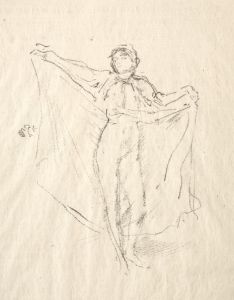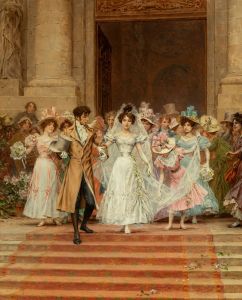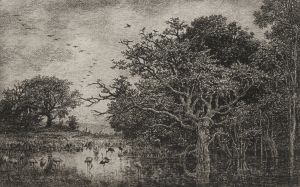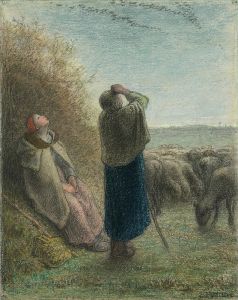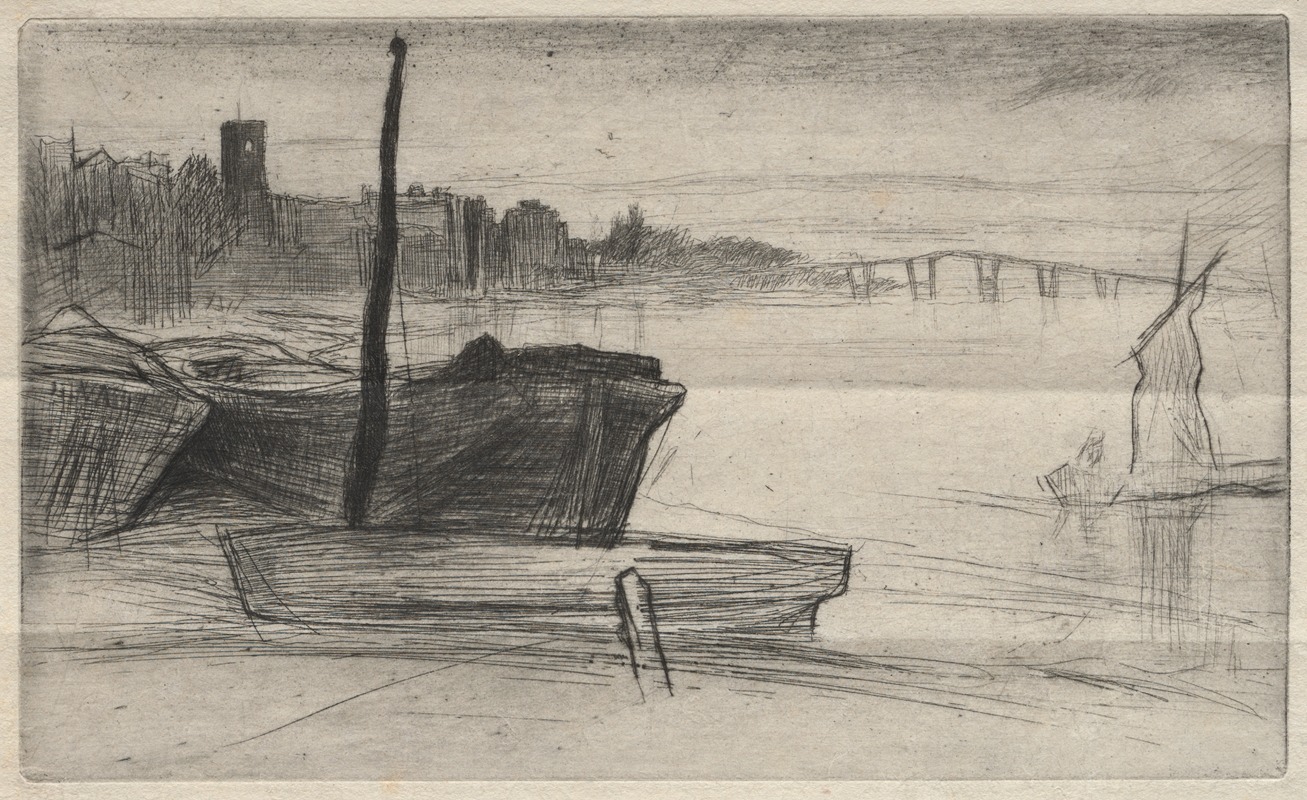
Chelsea Bridge and Church
A hand-painted replica of James Abbott McNeill Whistler’s masterpiece Chelsea Bridge and Church, meticulously crafted by professional artists to capture the true essence of the original. Each piece is created with museum-quality canvas and rare mineral pigments, carefully painted by experienced artists with delicate brushstrokes and rich, layered colors to perfectly recreate the texture of the original artwork. Unlike machine-printed reproductions, this hand-painted version brings the painting to life, infused with the artist’s emotions and skill in every stroke. Whether for personal collection or home decoration, it instantly elevates the artistic atmosphere of any space.
James Abbott McNeill Whistler's Chelsea Bridge and Church is a painting created by the American-born artist who became a prominent figure in the 19th-century art world. Whistler is best known for his innovative approach to composition, his use of color, and his contributions to the Aesthetic Movement, which emphasized art for art's sake. This particular work is part of Whistler's exploration of atmospheric effects and urban landscapes, a recurring theme in his oeuvre.
The painting depicts a view of Chelsea, a district in London, with the Chelsea Bridge and a church as its focal points. Whistler moved to London in the 1850s and became deeply inspired by the city's architecture and the interplay of light and water along the River Thames. His works often captured the subtle tonal variations of the river and its surroundings, reflecting his interest in creating mood and harmony rather than focusing on detailed realism.
Chelsea Bridge and Church is executed in Whistler's characteristic style, which often employed a limited color palette and soft, almost ethereal brushwork. This approach aligns with his broader artistic philosophy, which sought to evoke emotion and atmosphere rather than simply document a scene. The painting is believed to be part of Whistler's series of works that explore nocturnal and twilight settings, similar to his famous Nocturnes. These works often feature muted tones and a dreamlike quality, emphasizing the poetic and abstract aspects of the urban environment.
The church depicted in the painting is likely Chelsea Old Church, a historic building that dates back to the medieval period and was a prominent landmark in the area. Chelsea Bridge, which spans the River Thames, is also a notable feature of the London landscape. However, it is important to note that Whistler's works often prioritize artistic interpretation over strict architectural accuracy, so the painting may not represent these structures with precise detail.
The exact date of the painting's creation is not definitively documented, but it is consistent with Whistler's body of work from the 1860s and 1870s, a period when he was particularly focused on capturing the atmospheric qualities of London. Whistler's innovative techniques and his ability to convey mood and tone have made his works highly influential in the development of modern art.
As with many of Whistler's paintings, Chelsea Bridge and Church reflects his belief in the importance of beauty and harmony in art. The work exemplifies his skill in transforming everyday urban scenes into evocative and timeless compositions. Today, Whistler's contributions to art are celebrated for their originality and their impact on both his contemporaries and future generations of artists.





